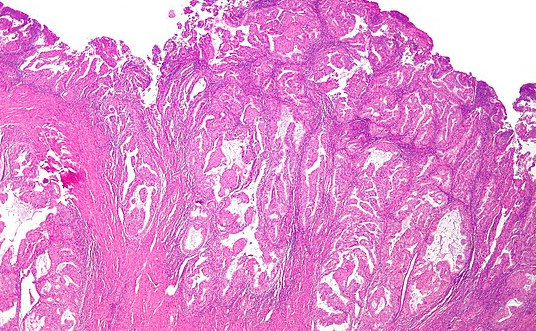
Shedding Light on Endometriosis
Endometriosis is a disease where tissue similar to the lining of the uterus grows outside the uterus, causing pain and/or infertility. It is one of the most prevalent diseases in gynecologic practice. It affects an estimated one in 10, or 176-200 million people, worldwide. Presently there is no known cause and no way to test for it. It takes ten years, on average, to diagnose. There are limited treatment options and no known cure.
Endometriosis is a public health problem, and the burden of disease continues to grow. Despite this, many aspects of the disease are misunderstood and require further exploration.
In this study, we looked at the experience of individuals who either have endometriosis, or are involved in treating it. We used a few different methods to understand the perceptions of clinicians treating endometriosis and the experiences of patients who have endometriosis.
We first asked providers across multiple specialties (OBGYN, Family and Internal Medicine, Gastroenterology, and Radiology) how common the believed endometriosis was. Only six out of 53 providers (11%) knew the correct answer (1 in 10)!
We then asked four of those providers to talk about their experiences with treating patients with endometriosis. Some of the important issues they raised included having limited training in diagnosing something as complicated as endometriosis, coupled with the intricate referral processes and patient-provider dynamic, as well as the importance of multidisciplinary collaboration.
Additionally, we recruited 12 patients in collaboration with The Endometriosis Foundation of America. Some of the main themes these patients talked about included: the psychological impact of the disease, difficulties interacting with the health care system, the financial impact, being averse to hormonal therapy and limited treatment options, lack of awareness and self-advocacy, fertility concerns, and overall quality of life.
While this exploratory study was small, in addition to being was somewhat homogeneous racially and ethnically, we found several interesting things:
- The overall lack of awareness of the disease and the misperception of the actual prevalence of the disease.
- The difficulty of diagnosing endometriosis.
- Insufficiency in the treatment options and management tools currently available.
The results of our study have far-reaching implications for clinicians and researchers who are tasked with treating this complicated and multimodal disease. We should consider revising current guidelines related to treating endometriosis, having a multi-specialty group of guidelines for addressing pelvic pain, securing funding, developments in research, and advocating for policy shift, to advance the overall standards of care related to endometriosis.
On a more granular level, this means holding discussions with the endometriosis community to incorporate patients, advocates, nonprofit leaders, and medical experts to best meet the needs of the patient population.
Want to dig deeper? Download a .pdf of the article here!
Be a Health Innovator – Get Weekly Updates!
Stay informed and active. Subscribe for free and share this blog to make a difference in public health.



